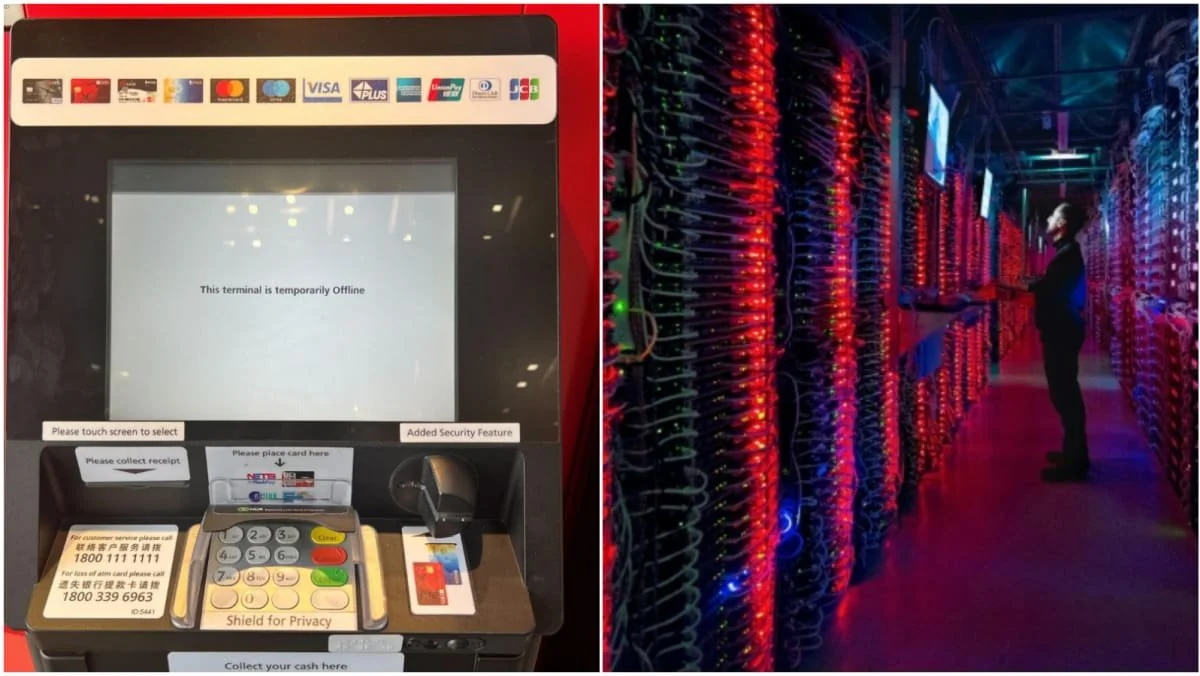A certified data center play a crucial role in the operations of companies of all sizes. These facilities house the servers, storage and networking equipment needed to support the ever-increasing demands of data processing, cloud computing and big data.
As reliance on data centers grows, it becomes increasingly important to ensure their uptime, security and resiliency, especially for critical business applications such as email, financial transactions and even file sharing.
Definition of the concept of certified data center
Datacenter Tiers serve as a way to classify datacenters according to their infrastructure, redundancy and uptime. The Tier classification system provides an objective way to evaluate the reliability of a data center. Tier 3 data centers, such as DataTrust, are designed to provide a high level of uptime, redundancy and fault tolerance.
These data centers feature redundant components for power and cooling systems, ensuring continuous operations even during maintenance or system failures. Tier 3 data centers guarantee 99.982% uptime per year, making them an ideal choice for companies requiring high availability.

DBS and Citibank, the banks involved, experienced outages on the afternoon of October 14, 2023, resulting in full or partial unavailability of online banking applications for approximately two days. This left customers and vendors without the ability to make payments in a state that is increasingly reliant on digital financial systems.
The cause of the outages was a cooling system problem that caused the temperature to exceed the optimal operating range in the Equinix data center used by both institutions.
Following the outage, both banks immediately activated their disaster recovery and business continuity plans.
However, both banks encountered technical problems that prevented them from fully recovering their affected systems in their respective backup data centers: DBS due to network misconfiguration and Citibank due to connectivity issues.
The two banks were found to have failed to comply with the Monetary Authority of Singapore’s (MAS) requirements to ensure that critical IT systems are resilient. The authority requires that unscheduled downtime for critical systems affecting banking operations should not exceed four hours in any 12-month period, a limit easily exceeded in this case.
As a result, MAS has imposed some significant sanctions, including prohibiting it, for the next six months, from reducing the size of its branch and ATM network, making non-essential IT changes or acquiring new business projects.
These standards, and their successful implementation, will become even more important as extreme weather takes hold globally.
Key features of Tier 3 certified data centers
- Redundancy: Tier 3 data centers have redundant power and cooling systems, ensuring uninterrupted service. This redundancy eliminates the risk of a single point of failure, as backup components are seamlessly activated, ensuring continuous operations.
- Fault tolerance: Tier 3 data centers are designed with fault tolerance in mind. They can withstand the failure of any component or system without affecting operations.This fault tolerance is achieved through redundant infrastructure, distribution paths and backup systems.
- Backup systems: These plans ensure business continuity in the event of natural disasters, system failures or any unexpected event. Tier 3 data centers prioritize uptime, data center security and operational sustainability, mitigating the impact of potential disruptions.
Why choose a Tier 3 data center?
Tier 3 data centers provide the highest tier of uptime, redundancy, fault tolerance and operational sustainability. The reliability of Tier 3 data centers is aligned with Uptime Institute standards, ensuring business continuity.
Tier 3 data centers also minimize data center downtime, system failures and the risk of data loss.By hosting infrastructure in Tier 3 data centers, businesses can enjoy peace of mind knowing that their critical operations are well protected.
Tier 3 data centers address business demands for security, redundancy, operational sustainability and data center uptime.
How reliable is a Tier 3 data center during a natural disaster?
During a natural disaster, data center reliability becomes even more critical.Tier 3 data centers demonstrate fault tolerance, even in the face of natural disasters.
Their redundant infrastructure, backup systems and distribution paths ensure business continuity. Tier 3 data centers prioritize uptime, making them reliable during natural disasters.
These data centers are designed to maintain operational sustainability, withstand the impact of natural disasters and mitigate the risks of system failures. By hosting infrastructure in Tier 3 data centers, companies can be assured that their operations
